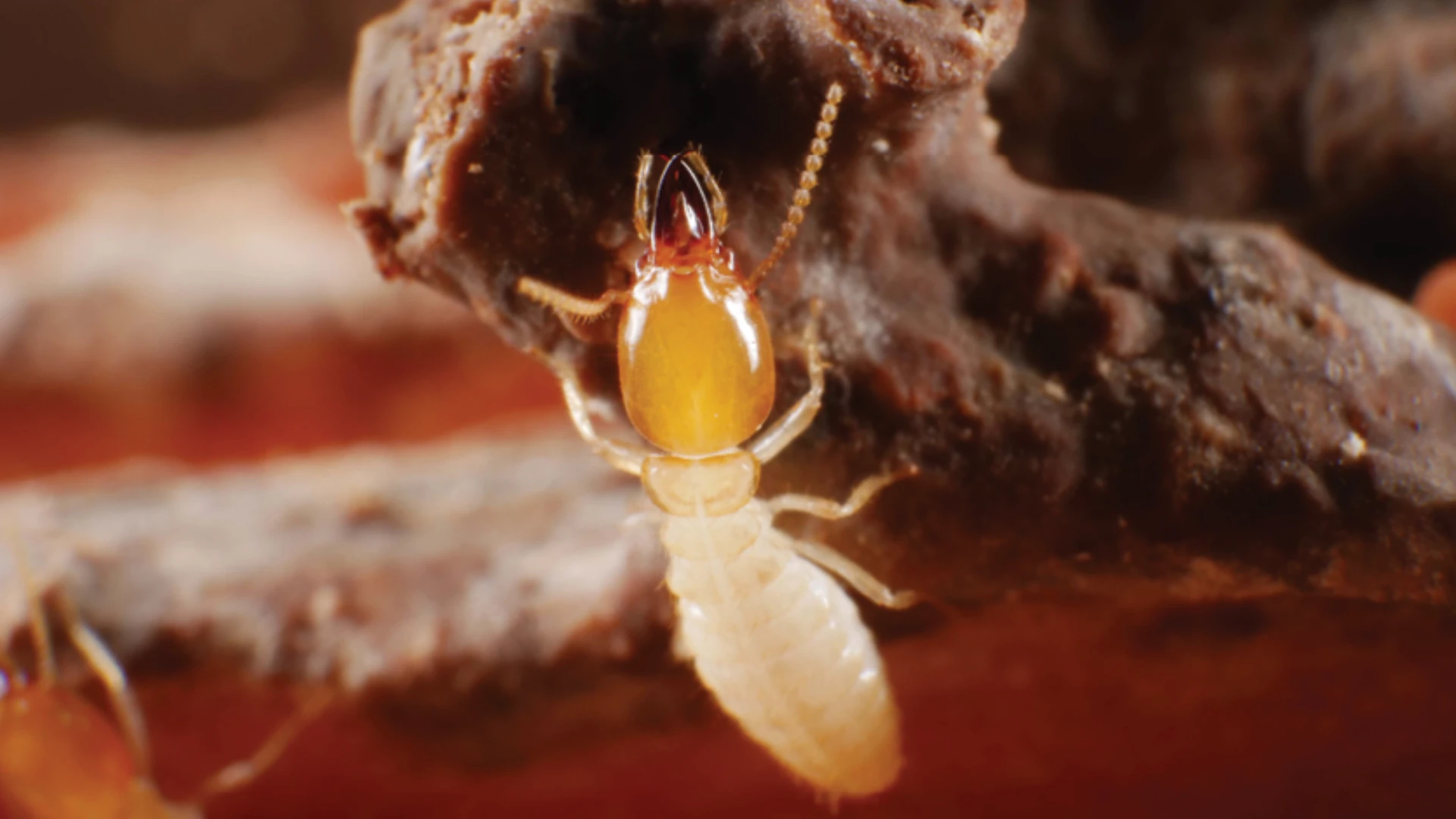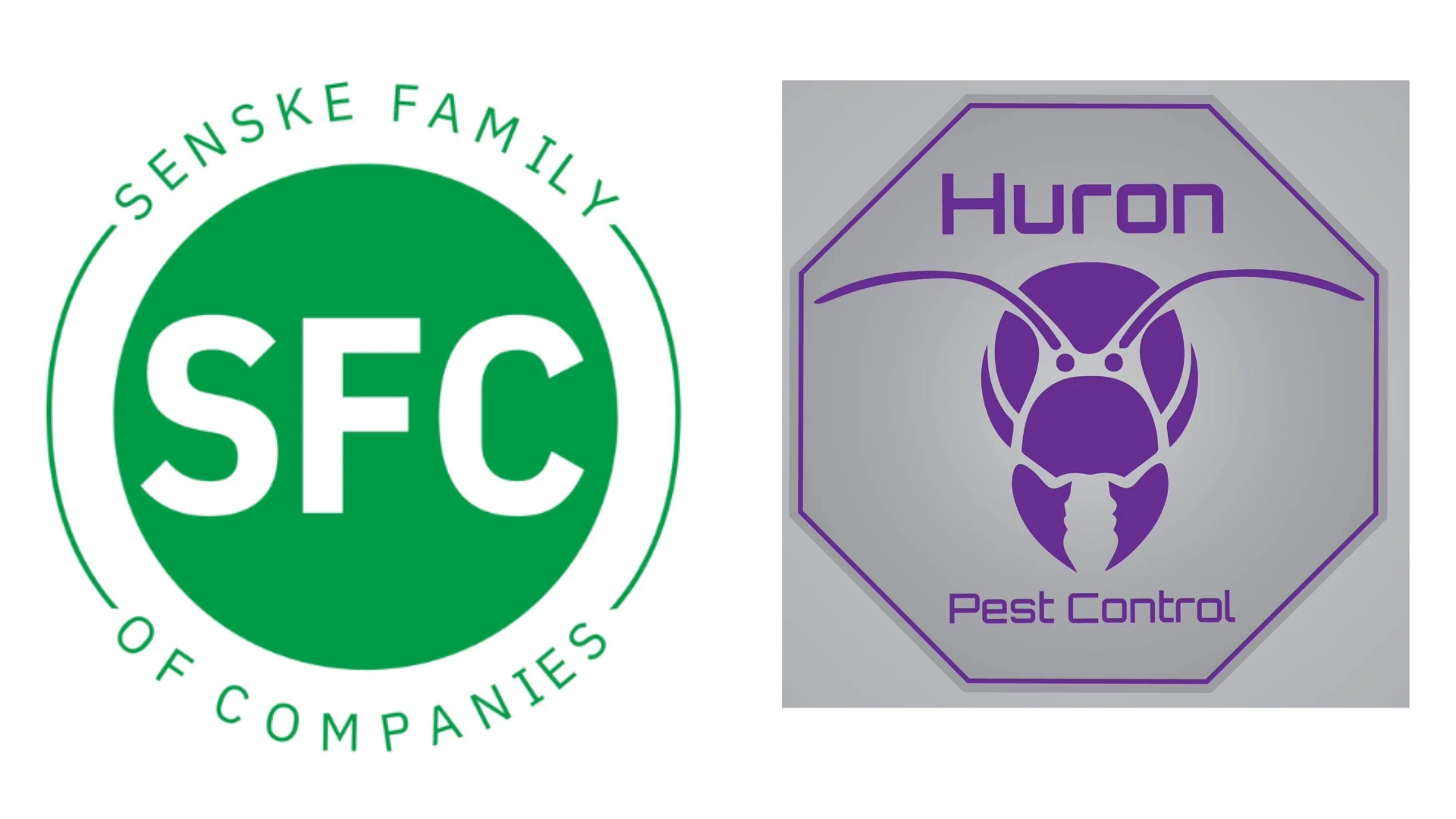 IPM professionals who need to boost their continuing education credits or work toward license renewal now have a way to get them without traveling long distances to attend a workshop. Thanks to a new Web-based school IPM course curriculum developed by Texas A&M AgriLife specialists, school IPM coordinators, animal control and code enforcement officers, and pest management professionals can get training and continuing education credits without leaving their desks. Located at https://txn.esslearning.com/catalogs/agrilife/, the online workshop series contains nine courses. Topics range from basic IPM to specific pests such as ants or stinging insects, to recommendations for IPM program procedures. Each course contains a pre-test to gauge current knowledge, slides and handouts that thoroughly explain the biology of each pest, management procedures and best practices when other circumstances are involved, such as a protected species or a zoonotic disease like rabies.
IPM professionals who need to boost their continuing education credits or work toward license renewal now have a way to get them without traveling long distances to attend a workshop. Thanks to a new Web-based school IPM course curriculum developed by Texas A&M AgriLife specialists, school IPM coordinators, animal control and code enforcement officers, and pest management professionals can get training and continuing education credits without leaving their desks. Located at https://txn.esslearning.com/catalogs/agrilife/, the online workshop series contains nine courses. Topics range from basic IPM to specific pests such as ants or stinging insects, to recommendations for IPM program procedures. Each course contains a pre-test to gauge current knowledge, slides and handouts that thoroughly explain the biology of each pest, management procedures and best practices when other circumstances are involved, such as a protected species or a zoonotic disease like rabies.
The ant course, for instance, discusses how each ant species relates to one of the basic genera of ants. The course then discusses some of the most common and problematic ants, including carpenter ants, odorous house ants and fire ants. A special section on fire ant control explains ways to control fire ants so that treatments have little impact on surrounding wildlife.
Filling a Need.
Janet Hurley, school IPM specialist at Texas A&M AgriLife Extension and mastermind behind the curriculum, says every year she would receive calls from someone who needed continuing education credits for IPM. Because Texas is such a large state, some people couldn’t travel. “The biggest challenge for us is reaching animal control officers and code enforcement officers in the rural areas,” Hurley says. “They don’t always have the opportunity to get training about how to deal with bats and mosquitoes, but they have to deal with them frequently.”
Every course carries at least one hour of continuing education credit for any IPM professional. The Bats 101, Mosquitoes 101 and Stinging Insects 101 courses also carry TCLEOSE credit for Animal Control and code enforcement officers. The courses on ants, bats, pollinators and stinging insects also provide 1 Pest CEU for SPCS-TDA license holders. Course costs range from $10 to $25, and each course is self-paced; participants receive a login so they can access the course until they finish.
With the exception of the “Texas School IPM Coordinator Crash Course,” which was developed specifically for school IPM coordinators in Texas, each course has something for someone in every state. “Bats 101” includes 15 bat species, with photographs and identifying information, along with tips on humanely trapping, expunging and redirecting bats to new habitats. “Ants 101” stresses that all ants are not alike, and even within genera, control often must be species-specific. Courses include the following:
- Ants 101 (Cost: $25, CEU Credits: 1 hour or 1 pest CEU credit toward license renewal)
- Bats 101 (Cost: $20, CEU Credits: 1 hour, and TCLEOSE credit for animal control officers)
- IPM Basics (Cost: $10, CEU Credits: .5 hour)
- Texas School IPM Coordinator Crash Course (Cost: $20, Credits: 1.50 hour)
- Mosquitoes 101 (Cost: $20, Credits: 1 hour; TCLEOSE credit)
- Pollinators 101 (Cost: $20, Credits: 1 hour)
- IPM for School Gardens 101 (Cost: $25, School IPM coordinators and teachers earn 1 hour of certificate credit)
- IPM for Texas Schools 101 (Cost: $25, Credits: 1 hour)
- Stinging Insects 101 (Cost: $25, Credits: 1 hour and TCLEOSE credit)
Trial and Error.
Hurley and her colleagues decided on the Texas e-learning platform only after trial and error with other Web servers. Other Web-hosting platforms required Moodle to be used as a basis; however, Hurley had already fielded complaints from school staff who could not get past their school’s firewall to access Moodle. After several recommendations from her department, she decided to place the courses on the V.G. Young Institute for County Government website, which offers its own courses to city and county staff. Public school staff already accessed the site, so firewall issues were not a problem.
Hurley says the list of courses currently on the site is just the beginning. IPM Institute Director Tom Green and colleagues from other universities are working on another 20 online courses, to be added to the site in 2015. Other specialists can also use the placeholder for courses they’ve developed since the site can be accessed by staff in government buildings that may have tight firewalls.
All of the “101” courses are precursors to “102” courses in the near future, as Hurley and fellow School IPM specialists translate material from years of workshop trainings to online slideshows. Plans are already in the works for a training on cockroach IPM.
“The potential is unlimited,” Hurley says. “You can’t always be there for everyone. Now you can get training wherever you have a computer. And the fact that we got dual credit [for animal control officers] means that we can get a much larger audience than just the typical pest control specialists.”
The author is communications specialist for the Southern Region IPM Center.
WANT MORE?
Enter your email to receive our newsletters.

Explore the November 2014 Issue
Check out more from this issue and find your next story to read.
Latest from Pest Control Technology
- Webinar: Employee Incentives — Going Beyond the Annual Raise
- Pest Control Companies Helping Neighbors in Need Eradicate Bed Bugs
- Why Does Marketing Feel So Opaque?
- How Did This Pest Get Its Name?
- Rose Pest Solutions Honors Top Performers with Annual Chief’s Club Awards
- Doug Foster on Termite Control Equipment, Resources
- Pest Control Consultants Acquires EcoGuard Pest Control
- Pest Index Increased 9 Percent YOY in February






